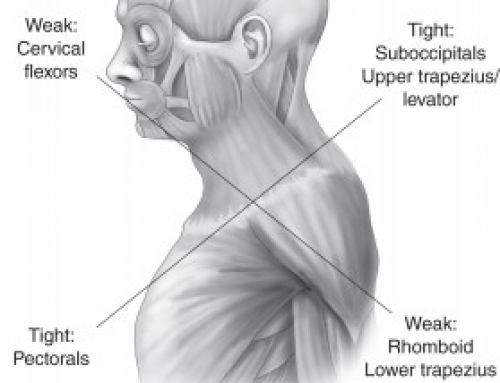 Good Morning, I have had many clients in this month who have done simple things to legs, arms shoulders etc. and they haven’t known if to use ice or heat and how long.
Good Morning, I have had many clients in this month who have done simple things to legs, arms shoulders etc. and they haven’t known if to use ice or heat and how long.
So here it is simplified (I hope!).
What Ice and Heat Are For?
Ice is for injuries, and heat is for muscles. Ice is for injuries — calming down damaged tissues that are inflamed, red, hot and swollen. The inflammatory process is a healthy, normal, natural process … that also happens to be incredibly painful. Icing is mostly just a mild, drugless way of controlling the pain of inflammation. If you remember inflammation is “hot” and you don’t add fire to fire, you want to control the fire!Heat is for muscles — taking the edge off the pain of whole muscle spasms and trigger points (localized spasms, or muscle knots), and for easing psychological stress (which can be a major factor in many pain problems).
What Ice and Heat Are Not For?
Heat can make inflammation worse, and ice can make muscle spasms worse, so they have the potential to do some mild harm when mixed up. And both are either pointless or harmful when unwanted: icing when you already feel shivering, or heating when your already sweating. The brain may interpret an excess of either one as a threat — and when brains think there’s a threat, they may also amp up the pain.But heat and inflammation are a particularly bad combination.
If you add heat to an fresh injury, watch out: it’s going to get worse! A physio once a client of mine to heat a freshly injured knee, and wow — it swelled up like a balloon, three times bigger than it had been before. And three times more painful. (That is a rare example of a particularly severe negative reaction to heat. Most cases are not going to be that bad!)The lesser known threat is from icing at the wrong time, or when it’s unwanted.If you ice painful muscles, watch out: it’s probably going to get worse! Ice can aggravate muscle spasms and trigger points, which are often present in low back and neck pain — the very condition people often try to treat with ice. Severe spasm and trigger points can be spectacularly painful, like knife wounds, and are easily mistaken for “iceable” injury and inflammation. But if you ice these tissues, — the muscles are likely to contract even harder, and the trigger points burn and ache even more acutely.
This mistake is made particularly often with low back pain and neck pain.
What About Injured Muscle?
If you’re supposed to ice injuries, but not muscles, what do you with injured muscles (a muscle tear or muscle strain)? That can be a tough call, but ice usually wins — but only for the first few days at most, and only if it really is a true muscle injury. A true muscle injury almost always involves severe, sudden pain. If the muscle is truly torn, then use ice to bring down the inflammation. Once the worst is over, switch to heat.
Which is Better?
Ice packs and heating pads are not especially powerful medicine: experiments have shown that both have only mild benefits, and those benefits are roughly equal.
The Bottom Line
The bottom line is: use whatever feels best to you!Your own preference is the tie-breaker and probably the most important consideration. For instance, heat cannot help if you already feel unpleasantly flushed and don’t want to be heated. And ice is unlikely to be effective if you have a chill and hate the idea of being iced!I hope that has helped take some of the confusion out of it!…good luck and call me if you need advice.




Howdy! I could have sworn I’ve been to this site before but after browsing through some of the post I realized it’s new to me.
Anyhow, I’m definitely glad I found it and I’ll be bookmarking
and checking back often!
Thanks for your comment, we have just redone the site so looking forward to adding more to it.